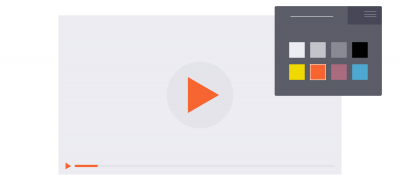During my 13 years as a web developer and designer, I’ve effortlessly adapted to new technologies—starting with Java, then PHP, and later Ruby. For a long time, I was immersed in the “Flash steamer,” exploring major UI libraries like Prototype and jQuery while staying up-to-date with rapidly evolving web standards.
However, like many web developers, I missed the leap into mobile applications. I lacked experience with low-level languages like C++ or Objective-C and didn’t have the time to learn them. The idea of creating “small” apps in Java—a language I found bulky and extensive—was equally unappealing.
I explored several cross-platform development tools, but they consistently fell short of expectations:
- App “factories” that wrap RSS feeds in pre-built templates created generic, uninspired apps.
- Frameworks converting JavaScript or ActionScript into native code required complex toolchains for app creation and compilation.
- Frameworks that wrapped web pages in native shells offered little infrastructure for deploying data-driven apps in production environments.
When I discovered App Cloud, a framework for creating native mobile apps using HTML, CSS, and JavaScript, I was skeptical. Would it be any different from the others? Could it deliver on its promises? After developing my first app, I can confidently say the answer is “Yes!” Here’s why.
APP CLOUD SPEAKS THE LANGUAGE OF DEVELOPERS

App Cloud relies on the core skills of web developers: HTML to structure content, CSS to shape, and JavaScript to edit it. There’s no need to learn new languages to create content-driven, rich apps. Web technologies have always excelled in simplicity. Compare the complexity of creating a table view in iOS with the ease of creating a basic HTML list—it’s no contest!
The App Cloud SDK also supports almost any JavaScript library, letting me apply tricks I’ve mastered over years of web development.
IN THE FAST LANE WITH APP CLOUD
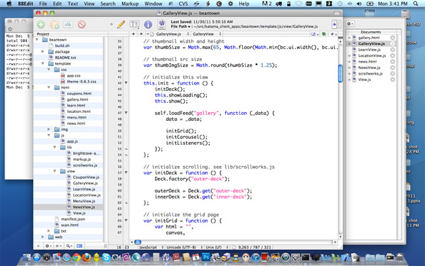
I frequently switch between BBEdit and vim when coding, as they remain my most comfortable tools. App Cloud allows me to keep using these familiar editors. Since it relies on standard web technologies, I can also debug and test my code with Chrome Developer Tools. Unlike cumbersome systems tied to XCode or Eclipse, App Cloud provides flexibility and freedom.
RAPID ITERATION WITH THE WORKSHOP APP
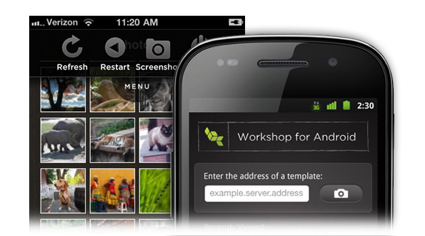
The App Cloud workshop app for iOS and Android enables real-time testing during development. After making code changes, I simply click “Refresh” to immediately view updates. For web developers accustomed to iterative processes—code, refresh, repeat—this feature is invaluable.
While much testing can be done on desktop browsers, nothing beats seeing how an app performs on actual devices. The workshop app makes this easy and seamless.
LEVERAGING DEVICE-SPECIFIC FEATURES
App Cloud offers a straightforward JavaScript API for accessing device-specific functionalities, such as the camera or photo library. For instance, scanning a QR code is as simple as:
bc.device.getQRCode(function (data) { /* handle success */ },function (error) { bc.device.alert("Oops! " + error.errorMessage); });
SIMPLIFIED APP COMPILATION

Compiling apps with other tools, like Android developer kits, often feels like assembling IKEA furniture: tedious and frustrating. With App Cloud Studio, apps are compiled in the cloud with just a few clicks. In minutes, the app is ready for download and deployment to various app stores—no special tools required.
CONTENT OPTIMIZATION: LESS IS MORE

In content-driven apps, content itself is often the bottleneck. App Cloud optimizes performance by:
- Removing unnecessary data, compressing feeds, and caching content. For example, my blog feed shrank from 39KB to 4KB—a 90% reduction.
- Transcoding images to reduce file size. One image went from 125KB at 425 pixels wide to 8KB at 200 pixels wide—a 94% reduction.
These optimizations significantly improve load times, which are critical for user engagement.
FLEXIBILITY BEYOND DEPLOYMENT
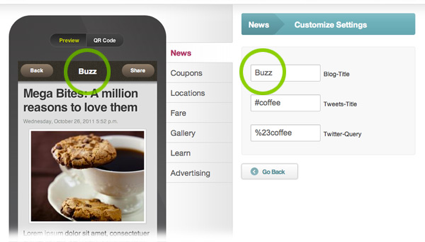
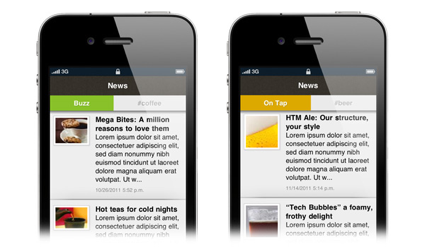
Unlike other tools, App Cloud Studio allows me to modify data, design, and settings post-deployment—no need to recompile or redistribute the app. This flexibility enables me to create multiple apps from a single template by swapping data feeds and adjusting settings.
COLLABORATION MADE EASY
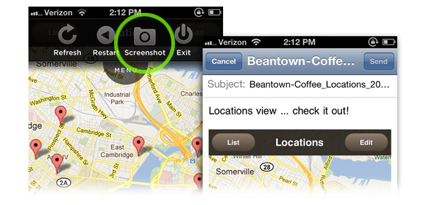
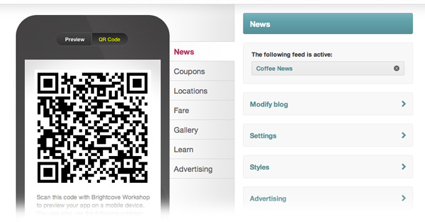
App Cloud makes it simple to share apps with colleagues. Screenshots can be shared directly from the workshop app, or templates can be distributed via URLs or QR codes, enabling efficient collaboration and testing.
COMPREHENSIVE CLOUD MANAGEMENT
App Cloud offers everything I need to manage and monetize apps, from native ad delivery to real-time analytics. I can track installations, usage time, and other key metrics.
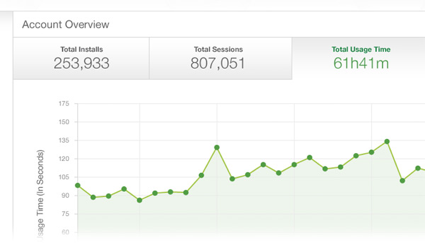
Additionally, App Cloud provides free performance enhancements and feature updates. Future improvements, such as push notifications and in-app purchases, will make the platform even more powerful.
App Cloud combines the simplicity of web development with the functionality of native apps, making it an indispensable tool for developers looking to create efficient, scalable, and engaging mobile apps.




